Purcell (Richmond) Artillery
Richmond, Virginia
May 1861
The concept here is a ceremonial/dress crew for the SST canon. The crew will be giving an artillery demonstration in the outskirts of Richmond, drumming up support for their unit and others being organized in the Confederate capital.
Left to right: Sergeant, Gunner #1, Gunner #2, Gunner #3 and Corporal (Gun Commander)

Sergeant
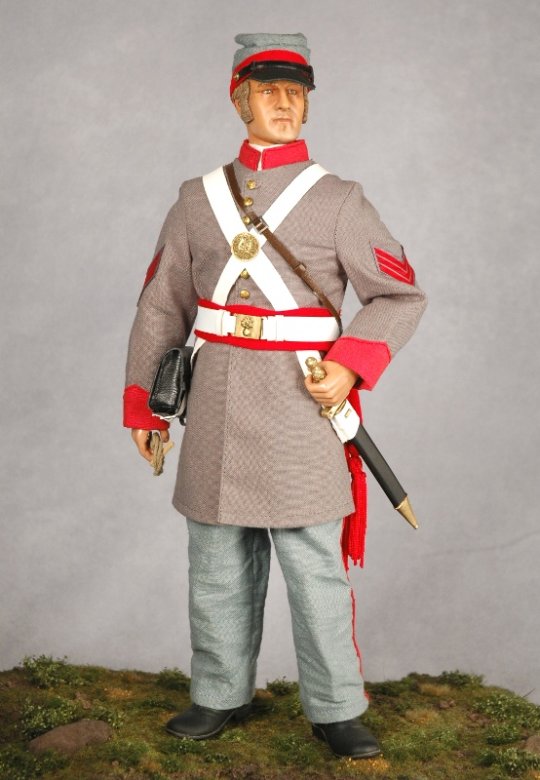
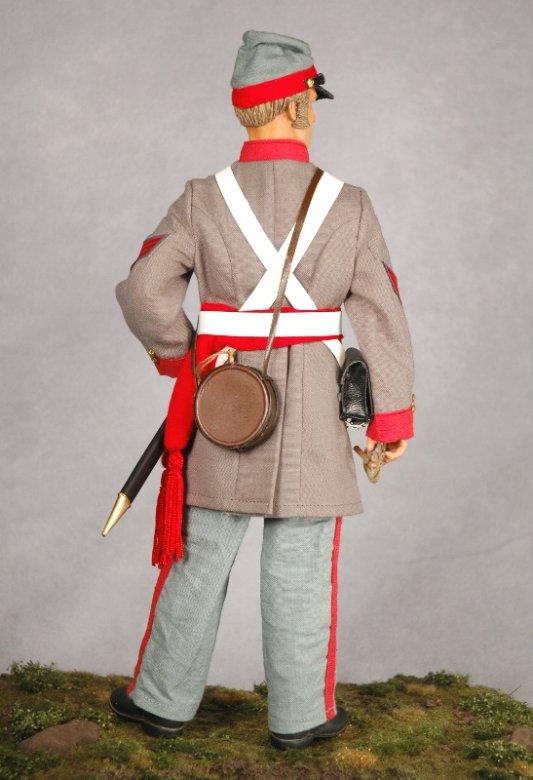
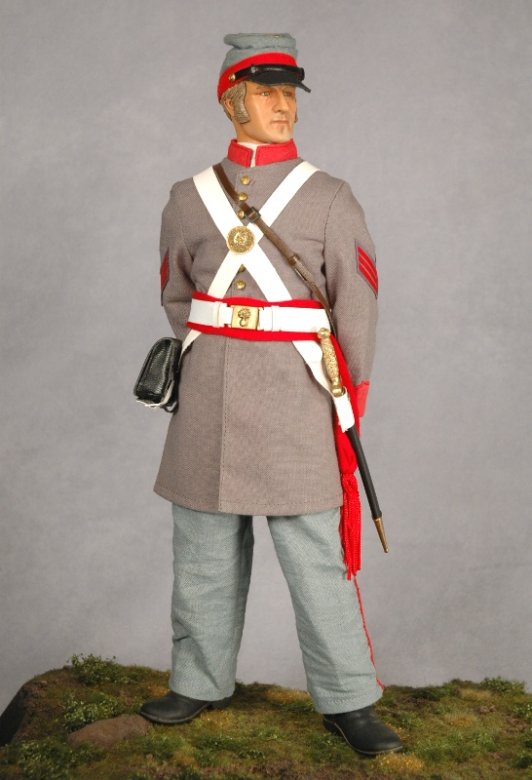
Gunner #1

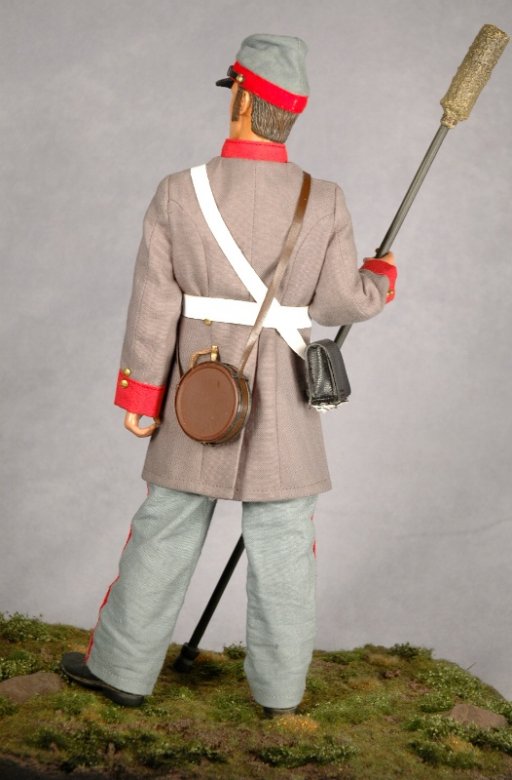

Gunner #2
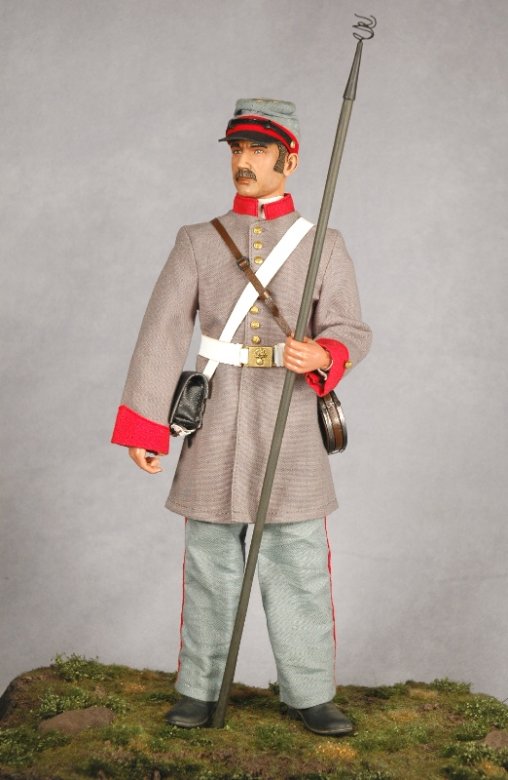


Gunner #3
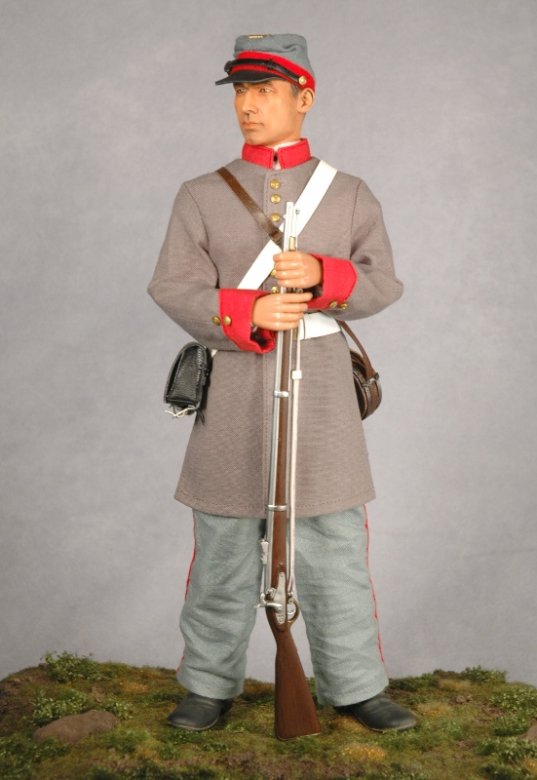
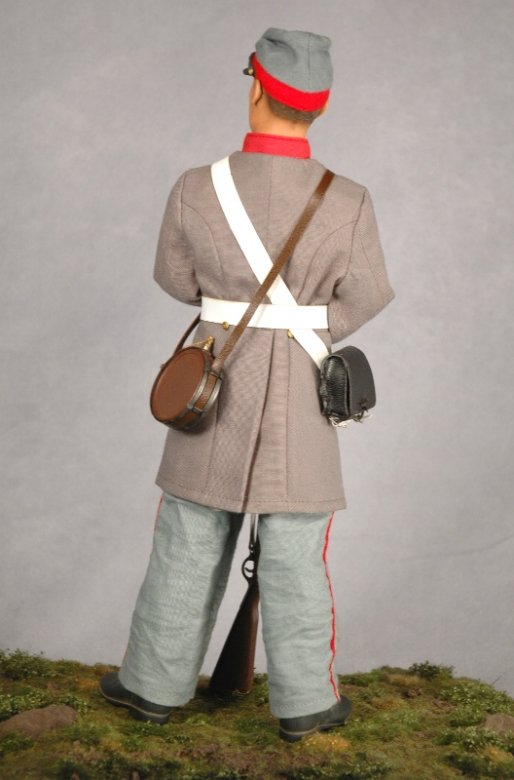
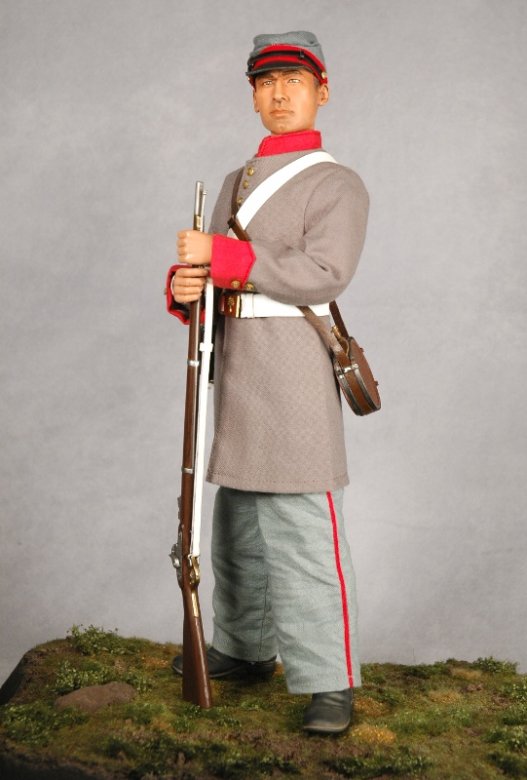
Corporal (Gun Commander)
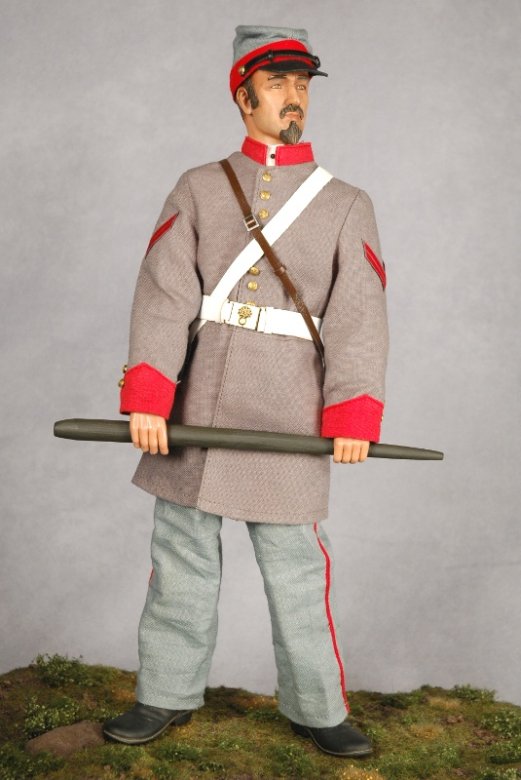
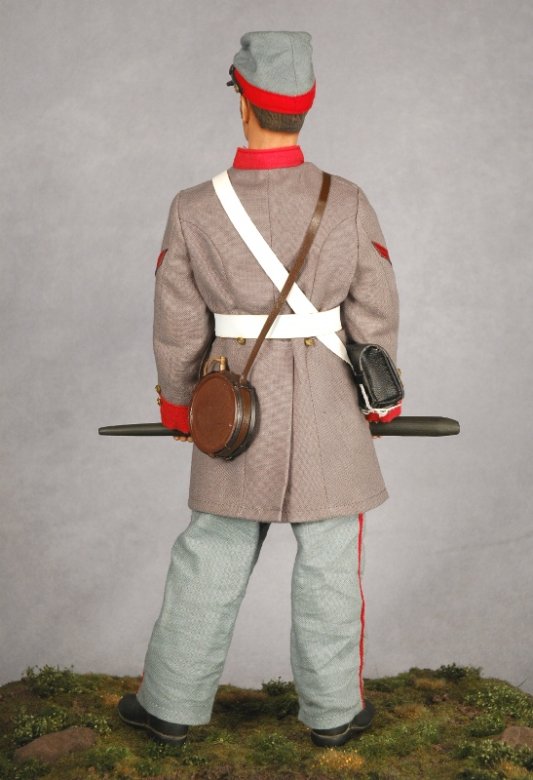
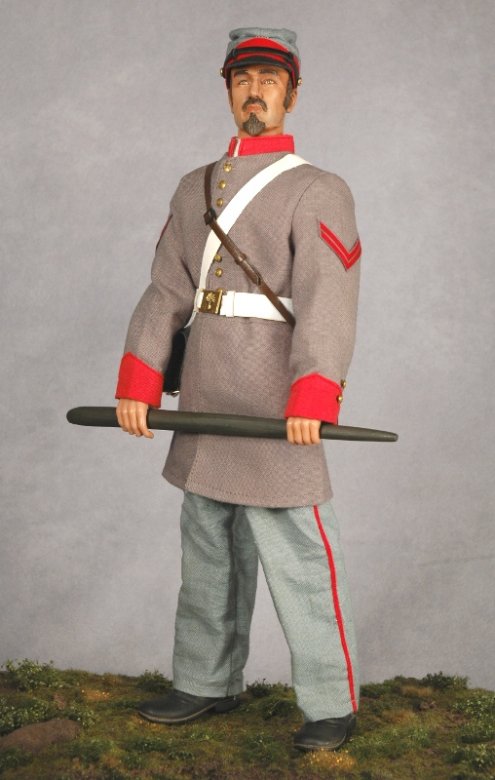
Captain Lindsay Walker, Battery Commander
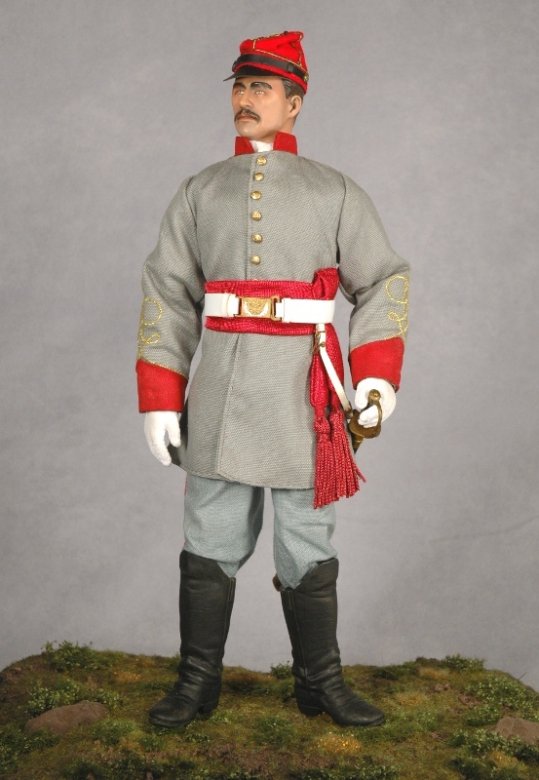
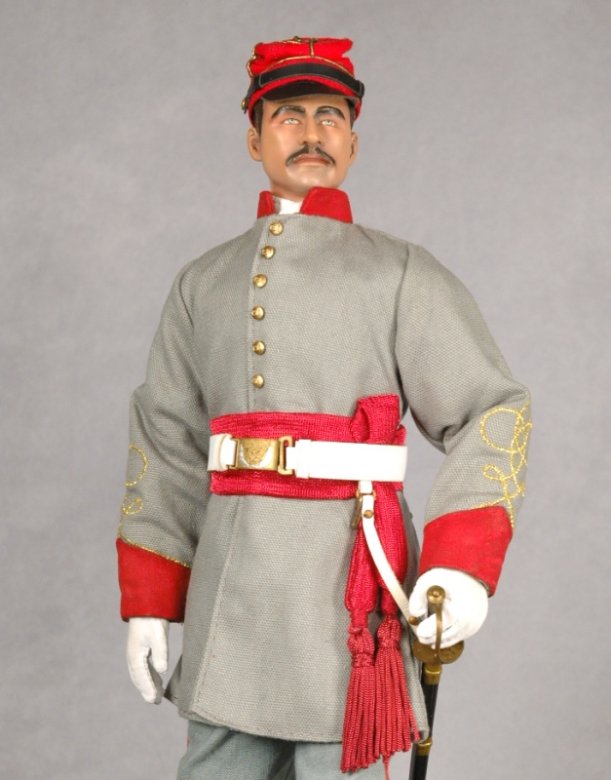
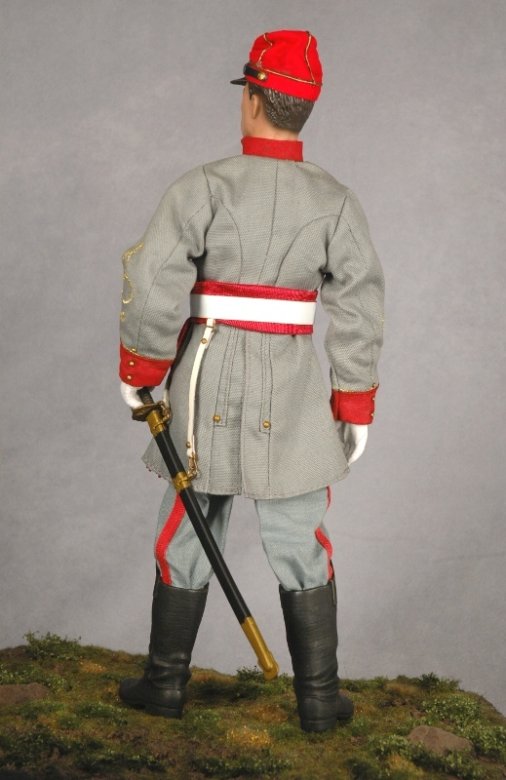
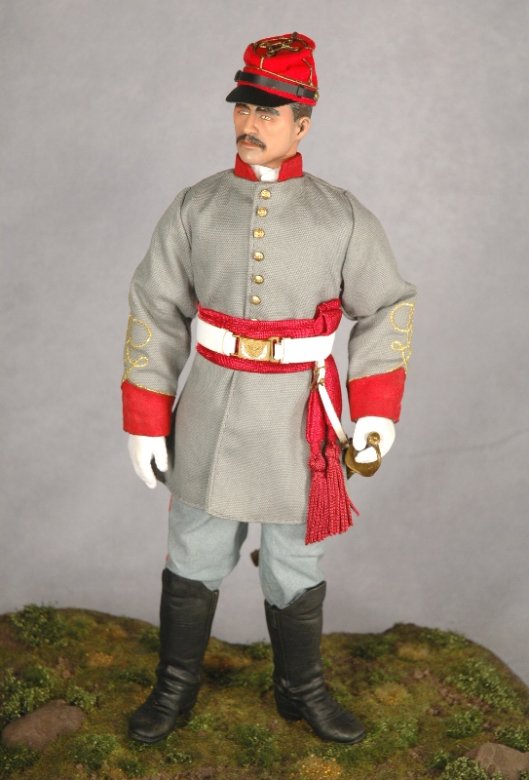
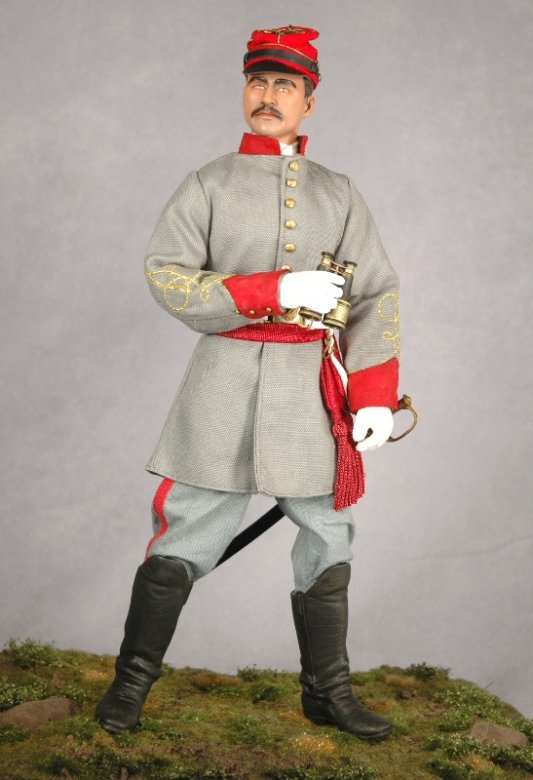
The Purcell Artillery, a company of light artillery, was established in Richmond Virginia on April 20th, 1861. The battery was raised largely by the efforts of Daniel Hagerty, and was named for John Purcell, a wealthy Richmond merchant who financed much of its equipment. The first Captain was Reuben Lindsay Walker, a graduate of Virginia Military Institute, class of 1845. In civilian life Walker was a Civil Engineer and a planter. Daniel Hagerty was elected First Lieutenant in the newly formed battery. Elected to Second Lieutenant was William Ransom Johnson Pegram who had been sent to the battery as a drillmaster. Lt. Pegram would in later days become the commander of Purcell's Battery and also rise to become one of the Confederacy's most distinguished artillerists. The Battery was also later known as “Pegram’s Battery”.
Purcell's Battery was engaged in numerous conflicts throughout the four years of the war, and was a significant contributor in the campaigns of the Army of the Northern Virginia. On April 1st, 1865 at Five Forks, Pegram who had by then become a colonel, was mortally wounded. Later that month, when Robert E. Lee surrendered at Appomattox Courthouse, Purcell's Battery was not among the Confederate soldiers paroled. It is presumed that it reached Lynchburg, Virginia and there cut down its carriages, buried its guns, and disbanded.
The Battery was made up of 4 guns, two Napoleons and two 10-lb Parrott guns.
By September, 1862 the Battery had six guns, the other two guns of unknown type, that were left behind in Virginia for the Antietam campaign.
The crew is made up with DML reduced bodies and early HS to which I have added some facial hair using AVES epoxy. Uniforms, kepis and boots are from BGT. The officer’s tunic is from SST with repainted facings. Equipment bashed from DID Napoleonic figures. SST 1842 Smoothbore muskets have belt replaced with white Rio Rondo leather lace.
Sergeant is wearing the new BGT artillery sword, a real beauty.
Officer’s kepi is all red BGT kepi with added thread painted to represent5 officer’s braid.
The figures represent Capt. Walker, commander of the battery, a sergeant who is part of the command group of the unit, a corporal who is the gun commander and his three artillerymen.
Some information on the unit’s first captain, Reuben Lindsay Walker:
Reuben Lindsay Walker (May 29, 1827 – June 7, 1890) was a Confederate general who served in the artillery during the American Civil War.
Born in Logan, Virginia, (now West Virginia), Walker graduated from the Virginia Military Institute (VMI) in 1845. He then became a civil engineer, and later, a farmer in Virginia. When the Civil War began, Walker took command of the Purcell Artillery unit. After seeing action at First Manassas, Walker became the chief of artillery to General A.P. Hill. When Hill was promoted to corps command, Walker became the head of the Third Corps artillery.
Lindsay Walker, as he was known, amassed a lengthy combat record, serving in every one of the Army of Northern Virginia's major battles except the Seven Days campaign (he was ill at the time). He commanded the artillery during the siege of Harpers Ferry during the Maryland Campaign, just prior to the Battle of Antietam. In all, Walker served in 63 battles and engagements and was never once wounded, despite being a large target at 6'4" tall and despite often serving in very hot fighting. Walker was promoted to brigadier general on February 18, 1865.
After the war, Walker moved to Selma, Alabama, where he headed the Marine & Selma Railroad. He returned to Virginia in 1876 and became an engineer for the Richmond & Allegheny Railroad. As a civil engineer, Walker oversaw the construction of an addition to the Virginia State Penitentiary and the Texas State Capitol building. Walker died in Fluvanna County, Virginia, and was buried in Richmond's famous Hollywood Cemetery.





